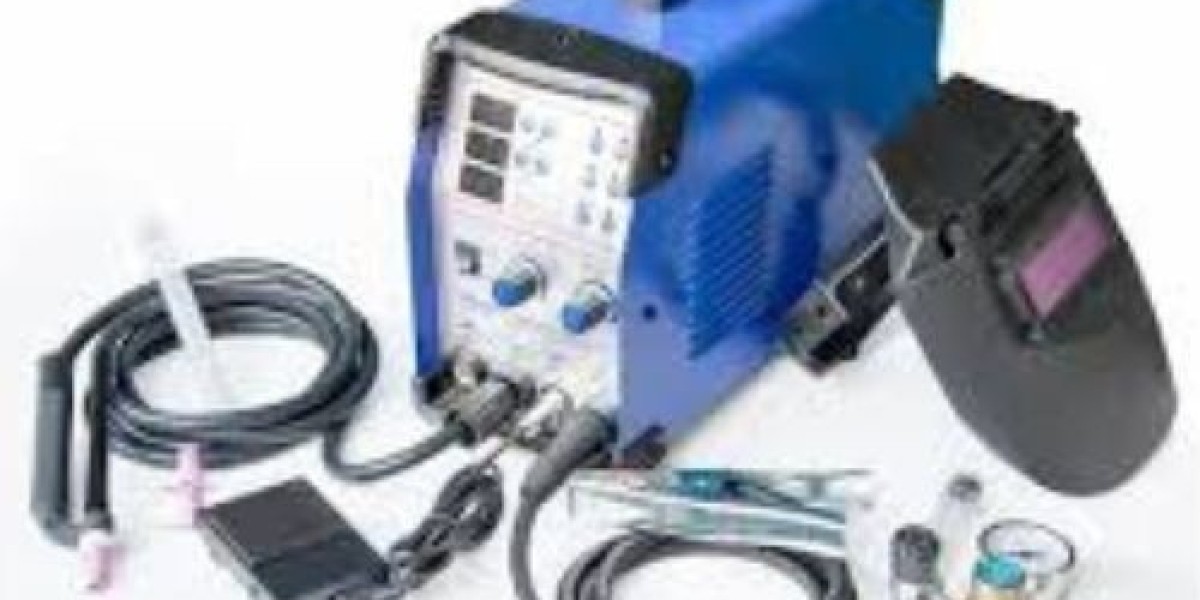The car's dashboard, once a simple panel of gauges, has become a high-value technology hub that is central to the vehicle's function and appeal. As we look ahead from late 2025, the Automotive Cockpit Electronics Market Forecast projects a future of robust, sustained, and transformative growth. The market, already a massive multi-billion-dollar industry, is expected to expand significantly over the next decade. This growth isn't just about more cars getting screens; it's about the screens getting bigger, the processors getting faster, the software getting smarter, and the entire system becoming the primary source of value and differentiation in the "software-defined vehicle."
Key Forecast Metrics: A High-Value Growth Story
Industry analysts are universally bullish on the cockpit electronics sector, with forecasts consistently pointing upward.
Projected Valuation: This robust growth rate suggests the global market size will expand significantly, reaching approximately $60.5 billion to $62.3 billion by 2030-2032.
Fastest-Growing Segments:
Hardware: The market for high-performance Cockpit Domain Controllers (the central computer) and large, high-resolution Digital Instrument Clusters is forecast to see some of the strongest growth. Augmented Reality Head-Up Displays (AR-HUDs) are forecast to have one of the highest CAGRs, as they move from luxury to premium-mainstream segments.
Software & Services: The revenue from software (OS licensing, apps) and connected services (subscriptions, OTA updates) is forecast to grow at an even faster CAGR than hardware, becoming a much more significant portion of the total market value by 2030.
Vehicle Propulsion: The HMI market for Electric Vehicles (EVs) is projected to grow the fastest, as these vehicles have the most complex HMI requirements.
Factors Underpinning the Forecast
The "Screenification" of the Cockpit: The primary driver is the irreversible trend of replacing analog components with digital screens. The forecast is based on the assumption that digital instrument clusters and large central touchscreens will become nearly 100% standard fitment in all new vehicles, including entry-level models, in most major markets.
The Rise of the "Software-Defined Vehicle" (SDV): The future of automotive revenue is in software. The cockpit platform is the core enabler of the SDV. The forecast anticipates massive investment from automakers to build these platforms, which will serve as the gateway for Over-the-Air (OTA) updates and new feature-on-demand (FoD) subscription models.
The AI-Driven Smart Cabin: The forecast expects a rapid proliferation of AI-powered features. This includes:
Conversational Voice Assistants: Moving beyond simple commands to become ubiquitous in-car partners.Personalization: AI-driven facial recognition and driver monitoring systems (DMS) will become standard, automatically personalizing the cabin experience.
The EV Revolution: The EV boom is a massive catalyst. EVs are inherently tech-forward, and their cockpit systems are more critical, as they must handle complex EV-specific tasks like range prediction, charging station navigation, and thermal management pre-conditioning, driving demand for more sophisticated systems.
Adoption of Android Automotive OS: The forecast predicts a significant and growing share of the software market will be captured by Google's Android Automotive OS. Its pre-built, app-rich ecosystem provides a fast-to-market, consumer-friendly solution that many automakers will adopt, further fueling the market for capable hardware that can run it.
Growth in Emerging Markets: Markets like India, Southeast Asia, and Latin America are high-growth areas. As consumer wealth rises, the first major upgrade sought is often a better-tech-equipped vehicle. The demand for sub-10-lakh cars in India with 10-inch+ touchscreens and connected features is a clear indicator of this, and this trend is forecast to intensify.
Conclusion The Automotive Cockpit Electronics Market Forecast is not just a simple projection of sales; it's a map of the car's evolution. It clearly shows a future where the value of a vehicle is defined less by its mechanical components and more by its processing power, software intelligence, and digital user experience. The companies that can master the complex interplay of hardware, software, and services to deliver a seamless, smartphone-like experience in a safe and reliable automotive-grade package will be the ones who win in this high-growth, high-value market.
Frequently Asked Questions (FAQ)
Q1: What is the main growth driver for the cockpit electronics market forecast? A1: The primary driver is the "software-defined vehicle" (SDV) trend. This is the idea that a car's features and value are increasingly defined by its software, which can be updated over-the-air (OTA). The digital cockpit is the central hardware and user-interface for this new model, driving demand for powerful processors and large screens.
Q2: Will the market for cockpit electronics grow faster than the car market itself? A2: Yes, significantly faster. The overall car market may grow at a low single-digit CAGR, but the cockpit electronics market is forecast to grow at a high single-digit or even double-digit CAGR. This is because the value and complexity of the electronic system inside each car is increasing dramatically.
Q3: What is the "feature-on-demand" (FoD) trend, and how does it relate to this forecast? A3: FoD is a future business model, included in the forecast's "services" growth, where an automaker might sell you a feature (like advanced navigation, heated seats, or a high-performance mode) as a monthly or one-time subscription, activated via an OTA software update through the cockpit electronics.
Q4: What is the forecast for Android Automotive OS? A4: The forecast is that Google's Android Automotive OS (the native, embedded version, not Android Auto) will capture a significant and rapidly growing share of the infotainment software market by 2030, as many automakers choose to adopt its powerful, pre-built, and app-rich platform.








